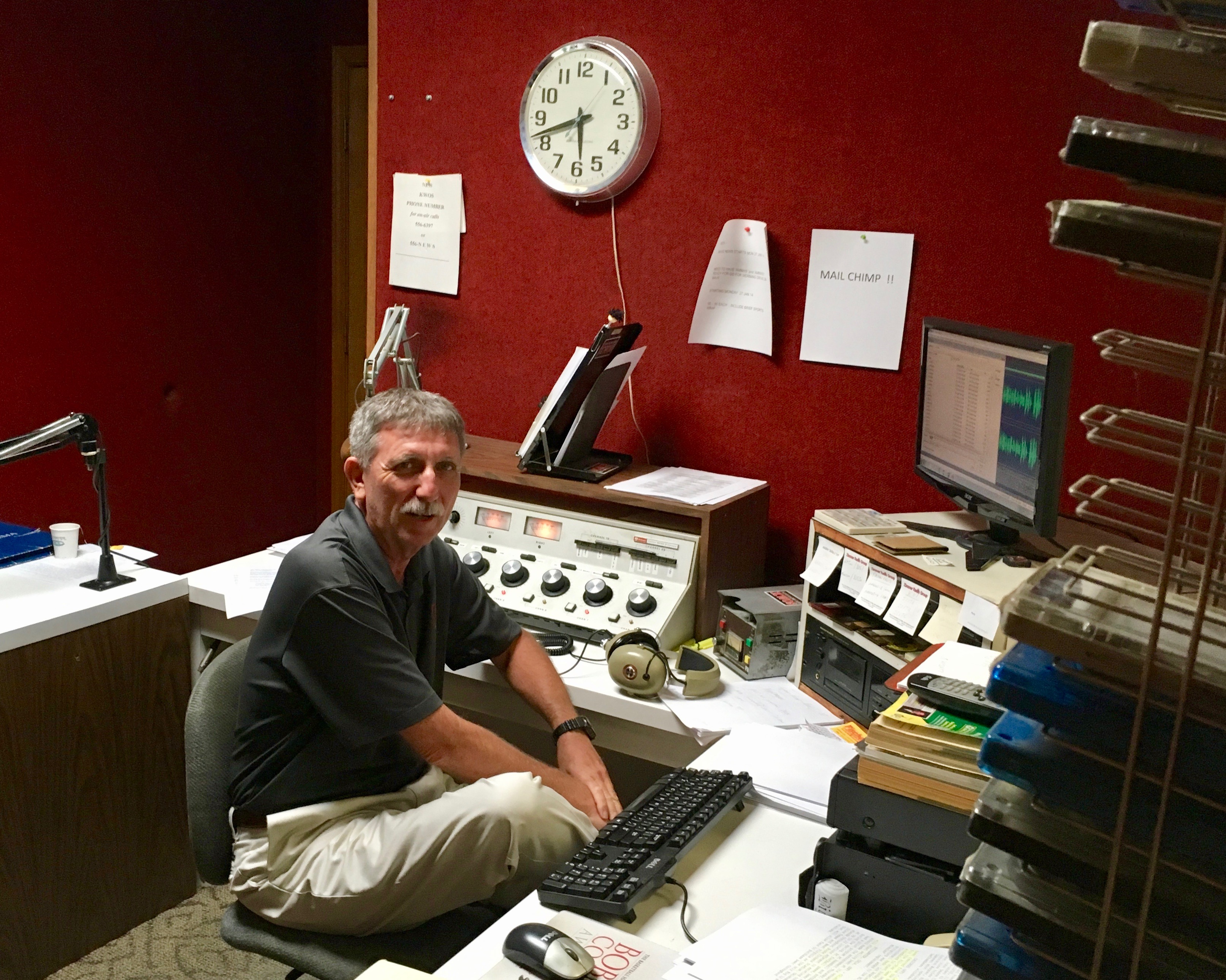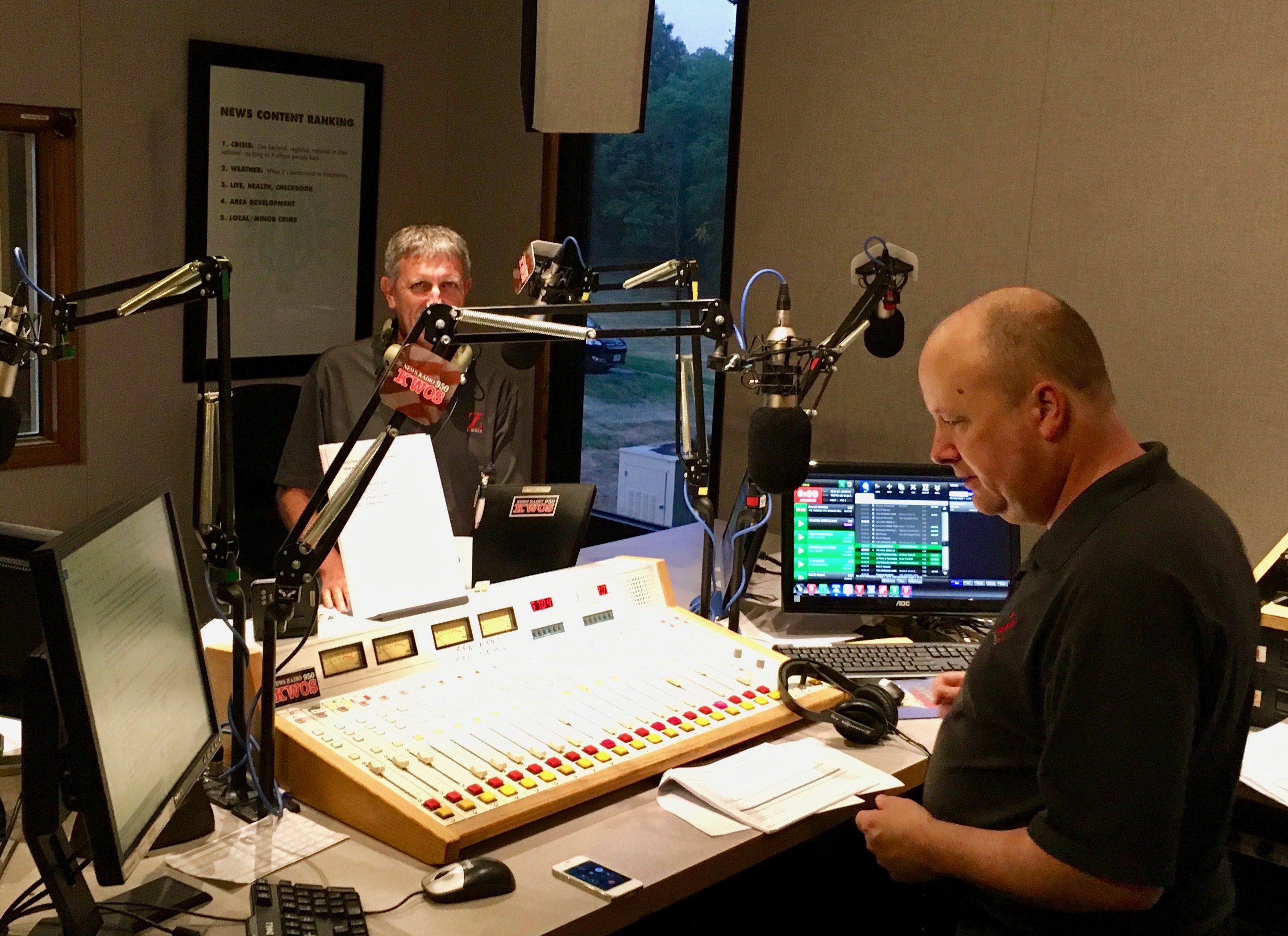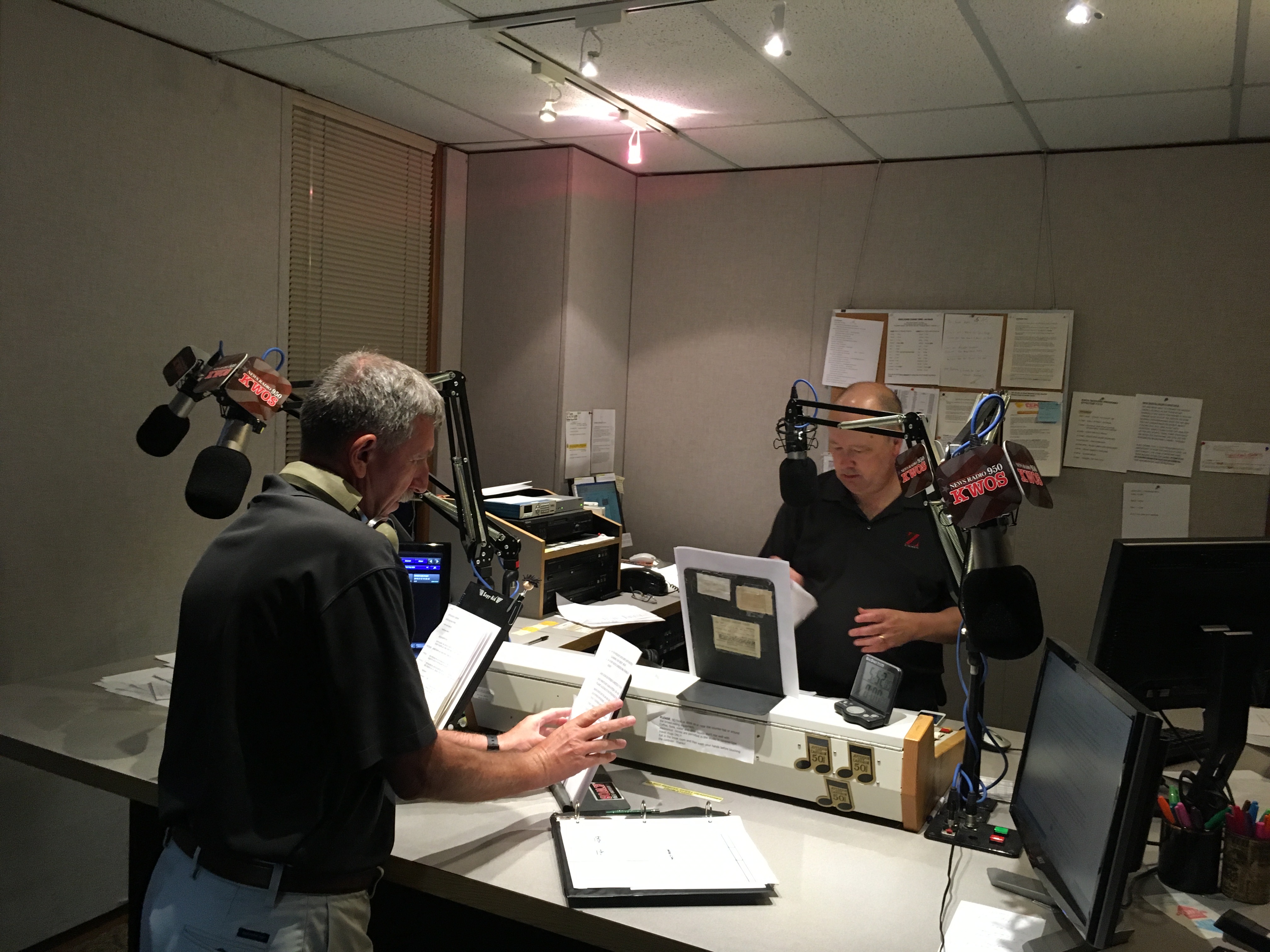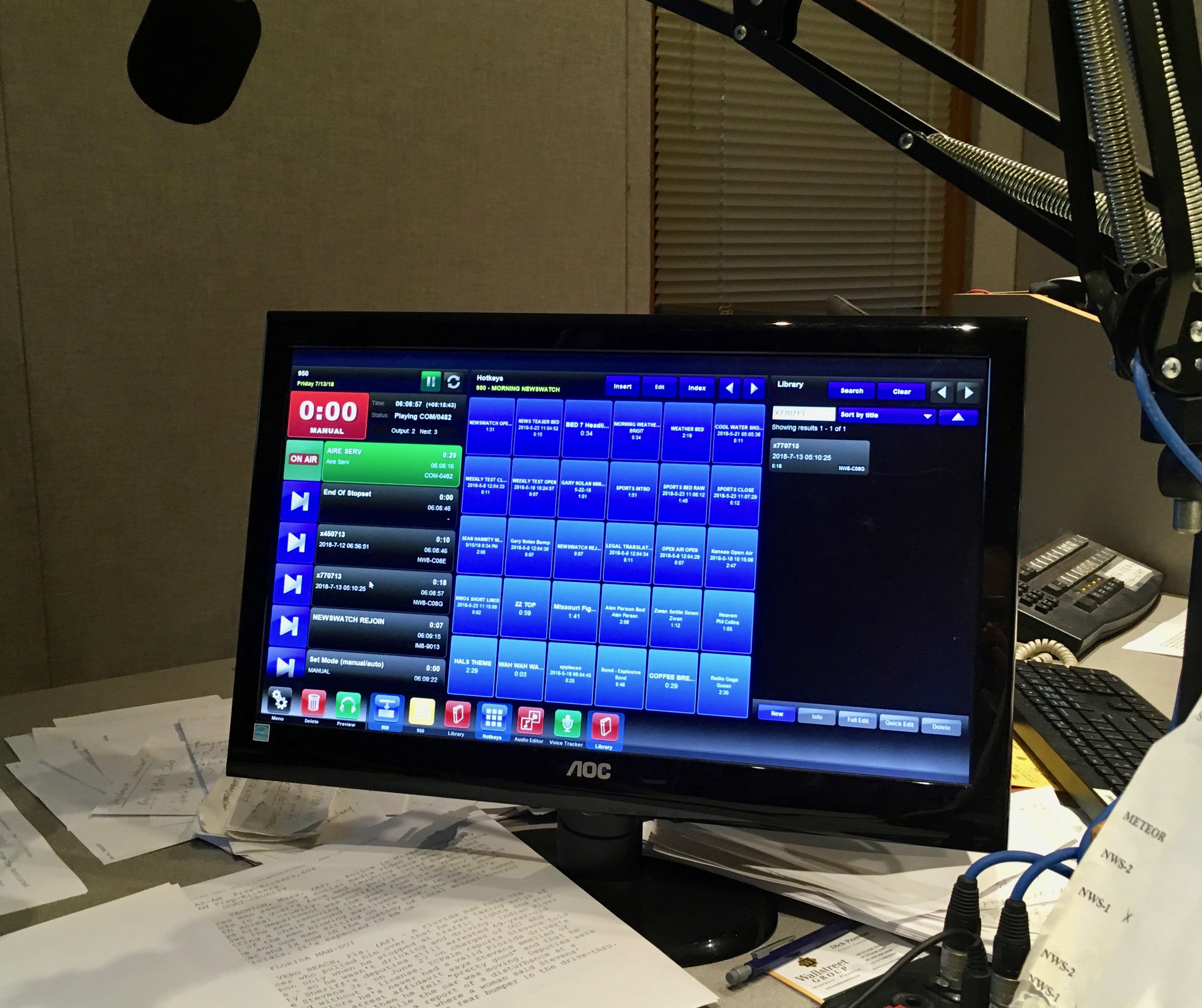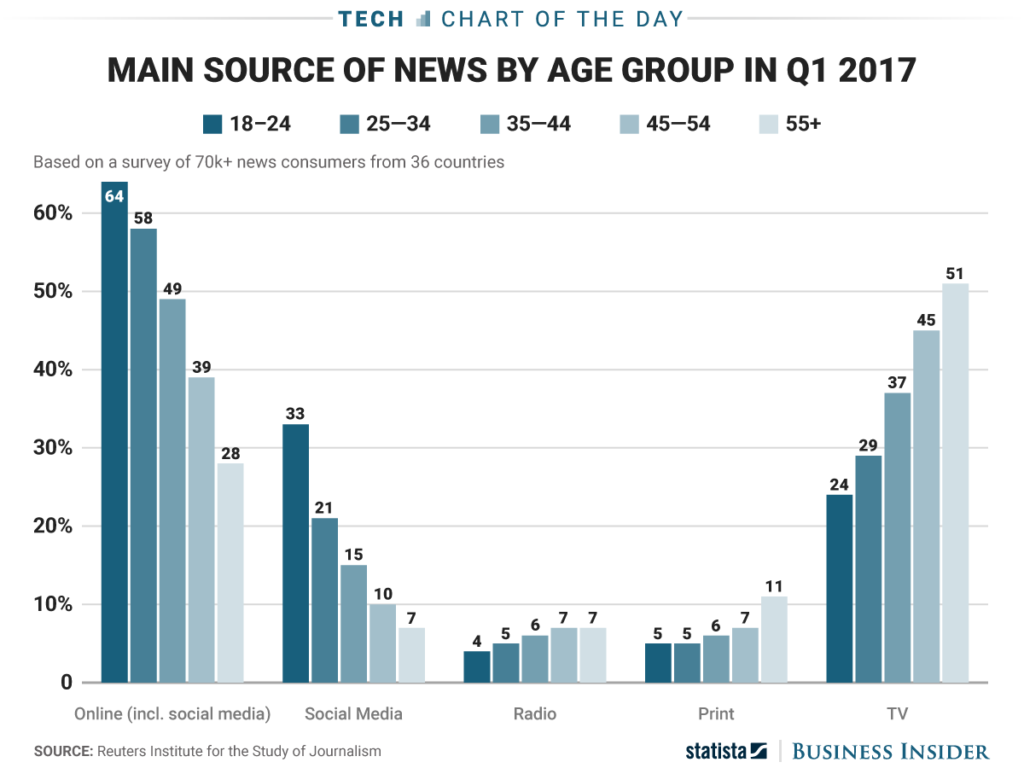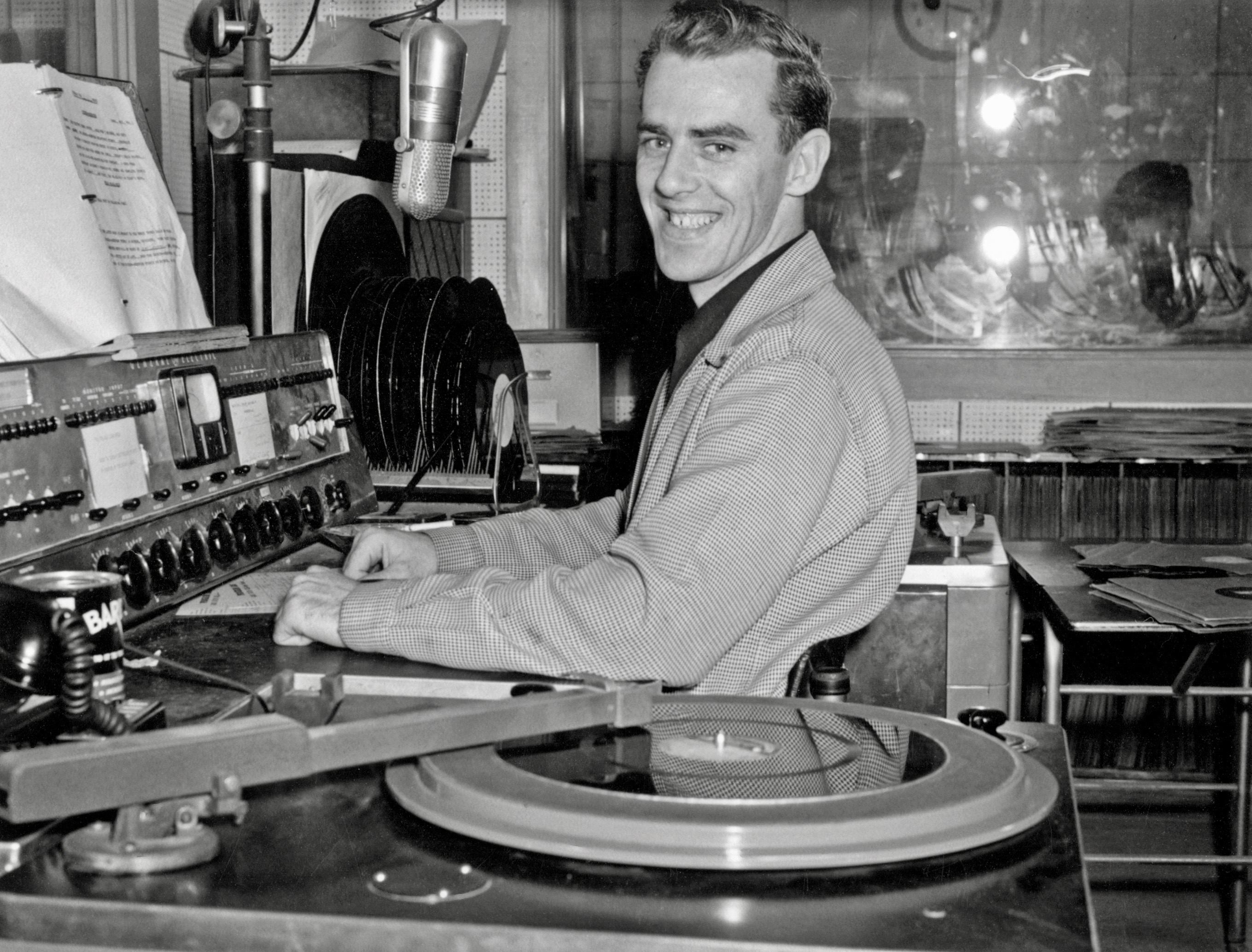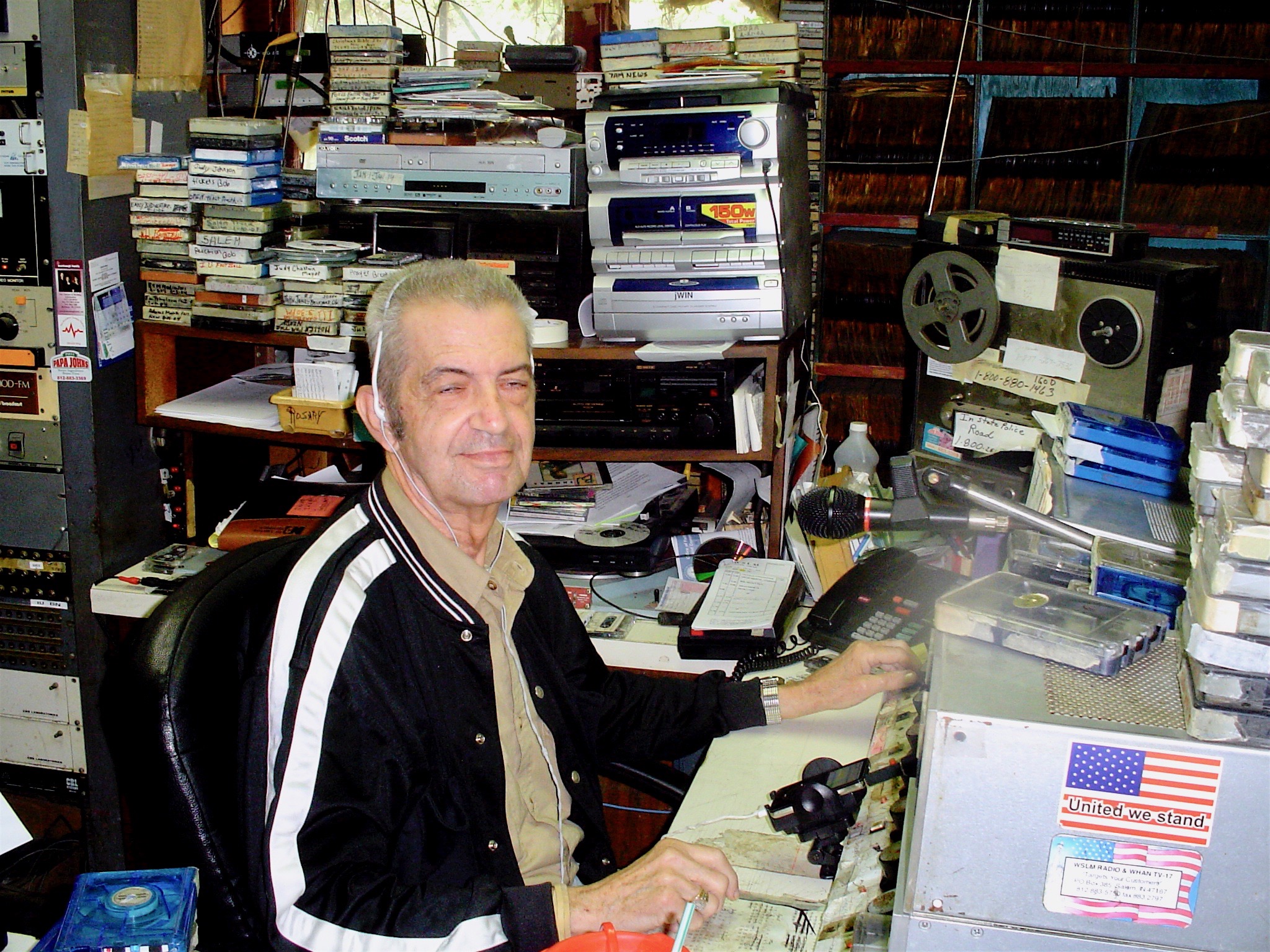Every minute for three months, GM secretly gathered data on 90,000 drivers’ radio-listening habits and locations. (BoingBoing)
On September 12th, GM’s director of global digital transformation Saejin Park gave a presentation to the Association of National Advertisers in which he described how the company had secretly gathered data on the radio-listening habits of 90,000 GM owners in LA and Chicago for three months in 2017, tracking what stations they listened to and for how long, and where they were at the time; this data was covertly exfiltrated from the cars by means of their built-in wifi.
The company says it never sold this data, but the presentation to the advertising execs was clearly designed to elicit bids for it. Toyota has promised not to gather and sell telematics data, but GM seems poised to create a market in data gathered by your car, which can listen to you, follow you, take pictures of you and your surroundings, and even gather data on which passengers are in the car at different times by tracking Bluetooth beacons from mobile devices.
GM looked at station selection, volume and ZIP codes of vehicle owners. No radio in The Truck. Too noisy to listen if there were.

